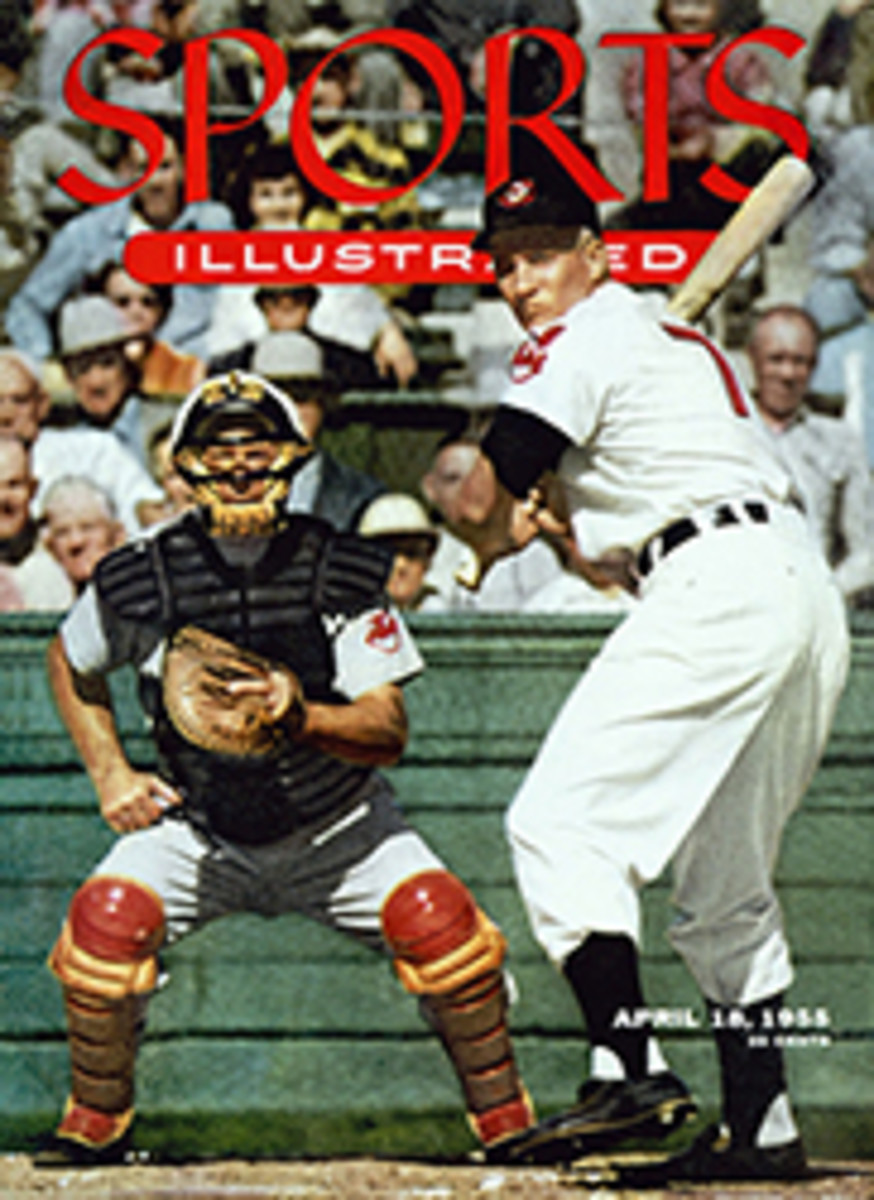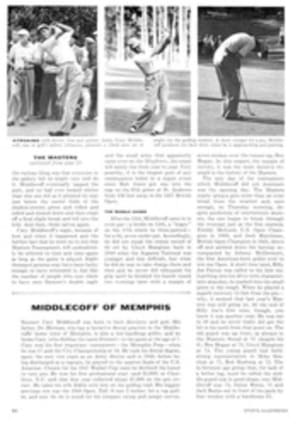
EASTER PARADERS
When it comes to fancy wooing the sage grouse is the classiest stepper-outer of all American birds. He even puts on a more pompous performance than the wild turkey gobbler. Moving across his strutting ground in full display, the male sage grouse represents the height of avian arrogance and is well nicknamed cock of the plains. Now with spring coming to the sagebrush country of the West, the males are assembled to strut their stuff.
Since the Lewis and Clark expedition first reported this largest member of the grouse family in America their springtime strutting has brought amusement and amazement to all who have seen it. Instead of staging the show singly the sage grouse put on a group strut, as many as several hundred gathering at a traditional strutting ground where the cocks carry on their bizarre antics for the duration of the mating season.
Before dawn the birds start moving into the strutting ground, usually a fairly open area. As daylight comes, the cocks are already active. About the size of a domestic hen and weighing up to seven pounds, the cocks are appropriately feathered to put on a show. A grayish-brown bird, the male has stiff white breast feathers tipped with black, and on the front of its throat are air sacs which, when distended, resemble miniature balloons.
When the urge to show off comes over a sage grouse he raises his tail into a stiff fan. Viewed from the rear, this spreading tail with its pointed feathers and white spots resembles a cactus plant blooming on the desert. At the same time the cock drops his wings until they brush the ground, and from the back of his neck wiry feathers rise up to form a jaunty coronet.
In this expanded condition the grouse starts bobbing and gulping as he pumps air into the sacs on his throat. His head is held high and he pumps and pumps until his chest is thrown out like a balloon, the white breast feathers becoming a vibrating shawl. Marching ahead a few steps, he rubs his wings against the shawl to make a swishing sound. At the peak of the display the entire front of the bird is bouncing up and down as though the creature were on the point of exploding. This is accompanied by a resonant sound, with the air sacs acting as a drum.
Various students of the sage grouse have described this sound differently. Back in 1905 L. E. Burnett said it sounded "like an old pump." George L. Girard thought it was "like the bursting of a paper sack inflated with air." And Dr. Robert L. Patterson, author of The Sage Grouse in Wyoming, who made a four-year study of the birds, said it resembled the sound made "when a rock is dropped into an old well."
While all this strutting, plopping and swishing is going on, the hens, hardly more than half the size of the cocks, move into the strutting ground and wander about among the strutters. The cocks are dispersed over the prairie in small groups, with one old bird dominating each harem.
When other males attempt to mingle with these groups the trouble starts. There is much bluffing and occasionally some wing-flailing combat. Some of these battles are bloody, but the vanquished bird flees to woo again. After mating, the hens go off to build their nests and raise the young without any assistance from the males. The latter just keep on strutting.
Originally the sage grouse (also known as the sage hen) was one of the most abundant creatures of the vast sagebrush lands sprawling over the West. As a result of overgrazing, diversion of land to agriculture and unrestricted hunting, the grouse population dwindled until 20 years ago it was thought that the bird was headed for extinction.
But in the late 30s hunting them was prohibited, and various land-management plans were put into effect. The birds responded. Their numbers increased again until there are now open seasons in many areas. Conservationists now feel that under proper regulations there will be sage grouse around as long as there is sagebrush. For the time being, at least, the birds can strut their stuff on safe ground.
TWO PHOTOS
JOE VAN WORMER
PROUD STEPPER, shown with tail fanned out (above) and in profile (right), performs for unseen hens at dawn and again at dusk. His chesty air sac bounces as he walks.
PHOTO
JOE VAN WORMER
FIGHTING COCKS flail each other with their wings as they stage a battle that is mostly bluff and bombast for the benefit of watching hens. Presently the loser will fly off unharmed to look for other female grouse to impress with his showmanship.
PHOTO
JOE VAN WORMER
THE WINNER STRUTS before his harem on the prairie, tail erect and chest thrown out. Now his booming-voice will roll across the sagebrush as he brags of his courting prowess and incidentally tells Westerners that spring has come to then-land at last.

